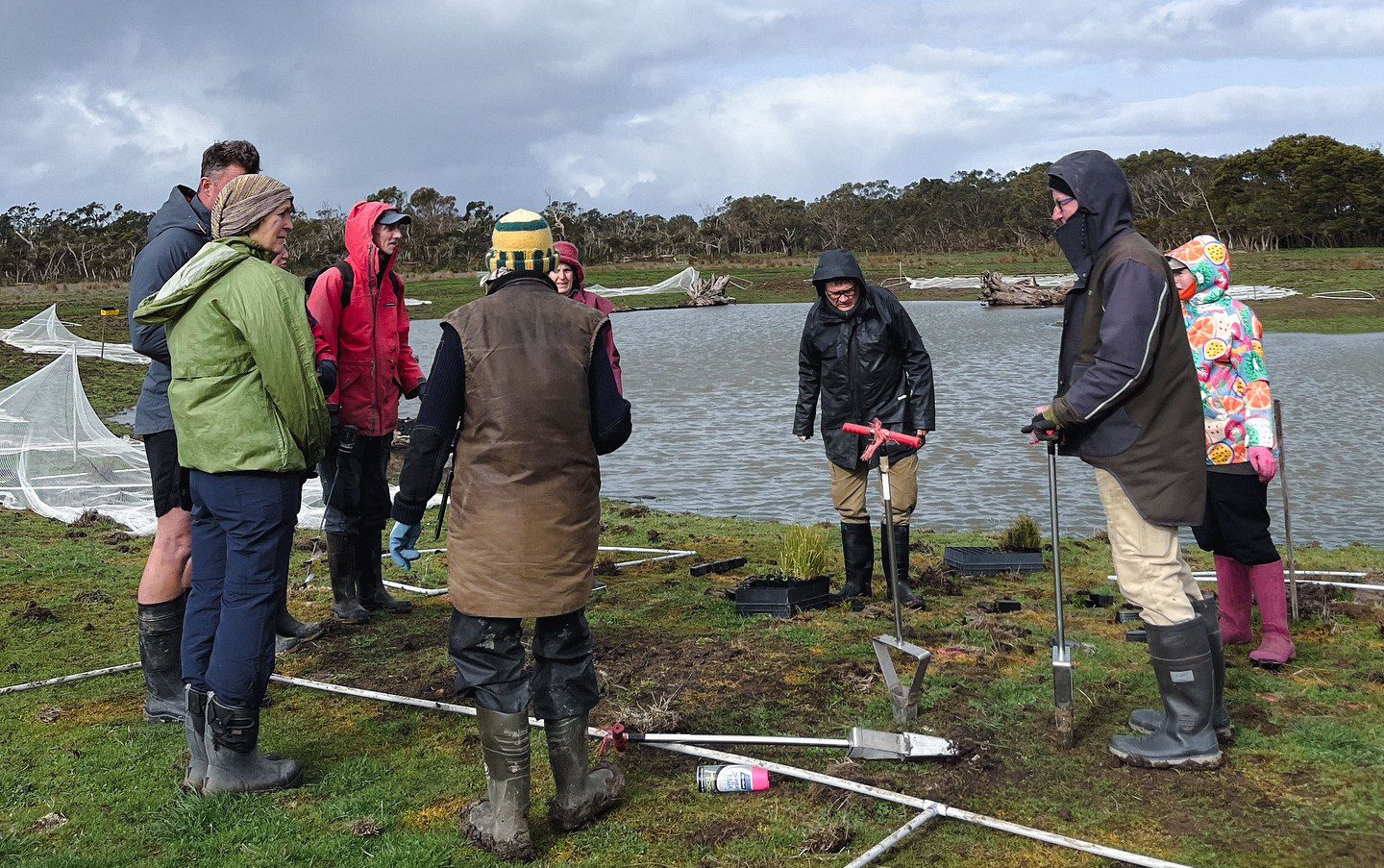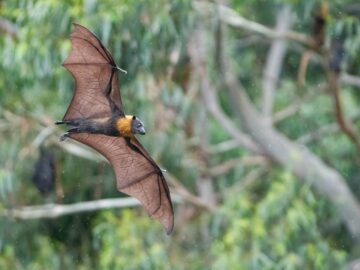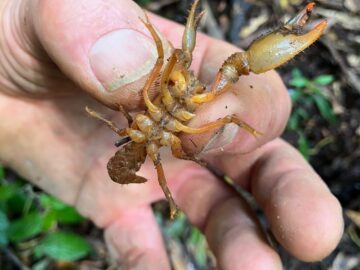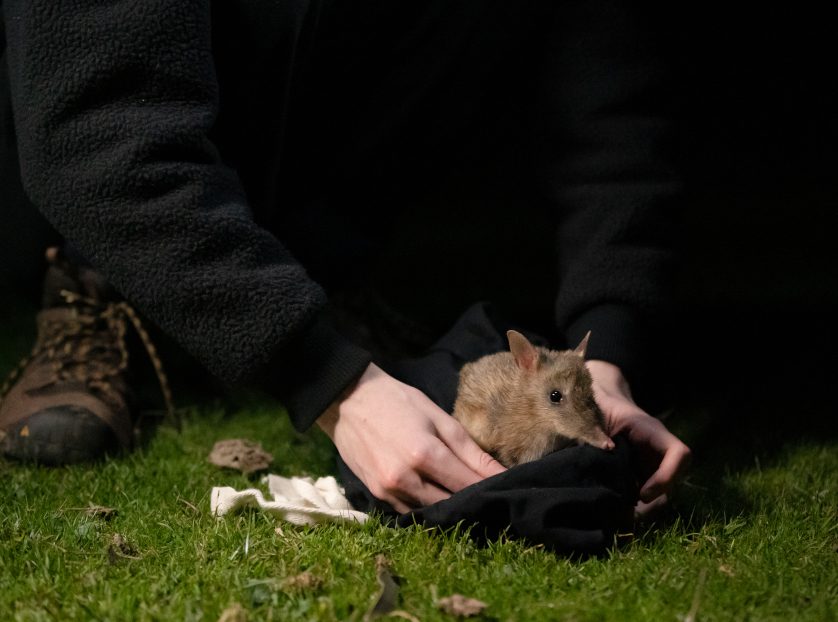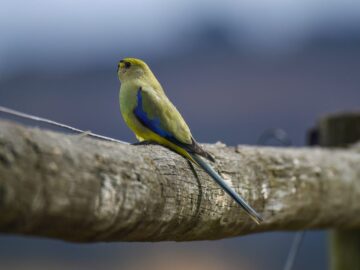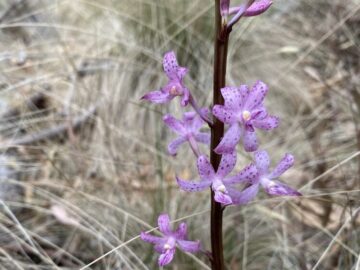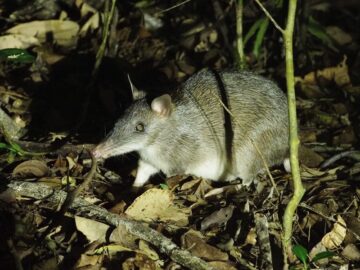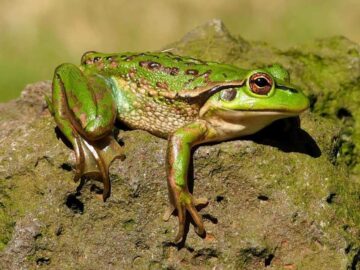Collaborating with landholders and the local community to protect our native species and build stronger biolinks.

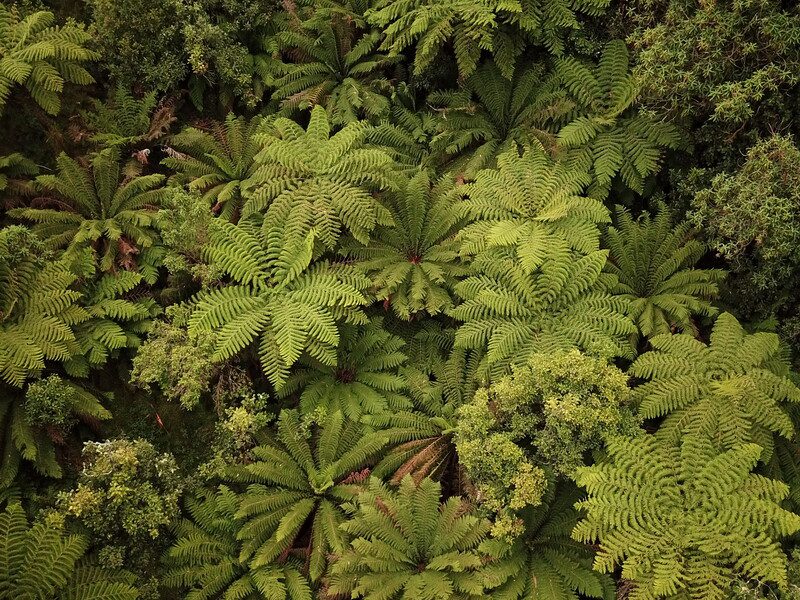
Gippsland Threatened Species Action Group (GTSAG) is a voluntarily-run Landcare group formed in 2021 with the aim of connecting landscapes across southern Gippsland and throughout Bass Coast by restoring native vegetation and creating stronger wildlife corridors.
We are a group of concerned environmentalists and community volunteers of all ages and skills who care passionately about biodiversity, threatened species and the planet.
Our region
From coast to country
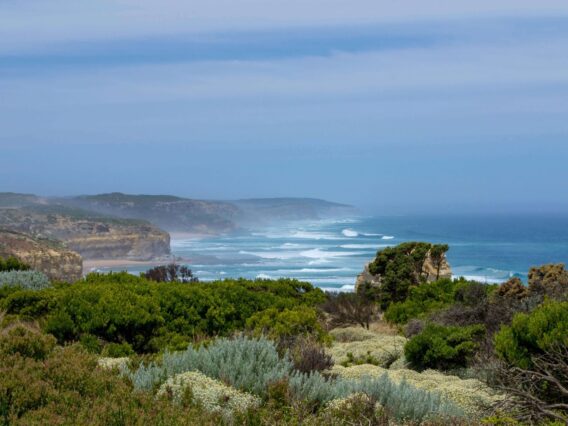
Bass Coast
Located south-east of Melbourne and facing the east side of Western Port Bay, this rugged piece of coastline was named after maritime explorer George Bass who entered Western Port Bay in the late 1700s. The area, which was occupied by the Bunurong people and extends into parts of Gippsland, attracted huge numbers of European settlers who mined the area for coal and cleared the land for agriculture. These activities had a devastating impact on native habitat, with only 14 per cent of Bass Coast's native vegetation remaining.
Southern Gippsland
GTSAG's activities also extend into South Gippsland, which covers over 3,200 sq kms and takes in coastal areas such as Venus Bay, Corner Inlet and Wilson's Promontory. Its northern boundary reaches up into the steep hills and forests of the Strzelecki Ranges.
South Gippsland, which is the traditional home of the Gunaikurnai people, retains critical patches of remnant vegetation, which GTSAG, community members and landholders are seeking to connect in order to create wildlife corridors, especially for threatened species.
Assessments and monitoring
We conduct native vegetation and biodiversity assessments, monitor wildlife and undertake pest plant and feral animal control.
Spatial Mapping
We use Geographic Information Systems (GIS) to map remnant and revegetation patches and identify potential biolinks across public and private land.
Community engagement
Landholders and community members are invited to participate in our projects and learn how to protect threatened species by regenerating habitat.

